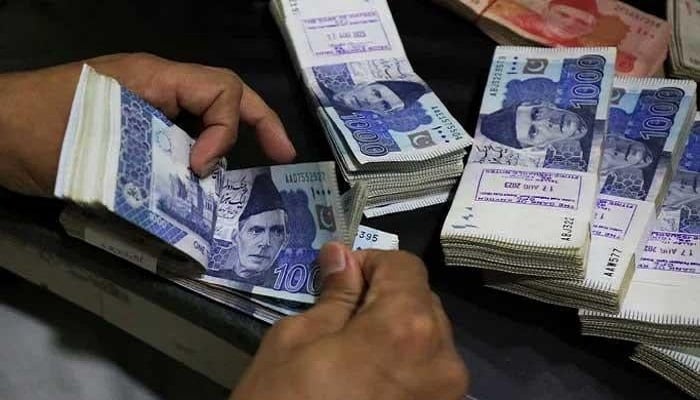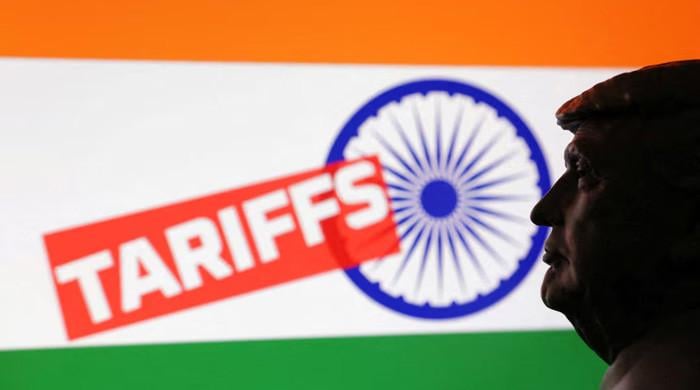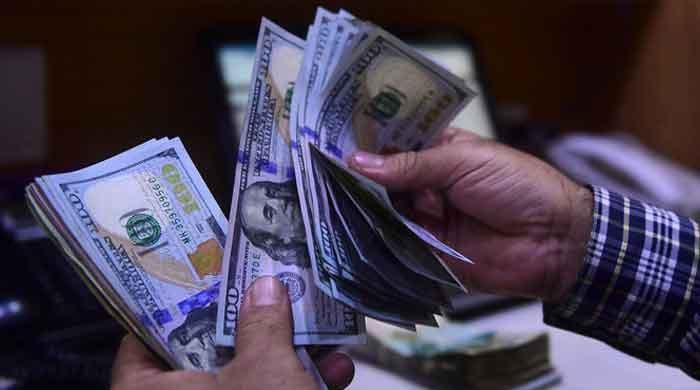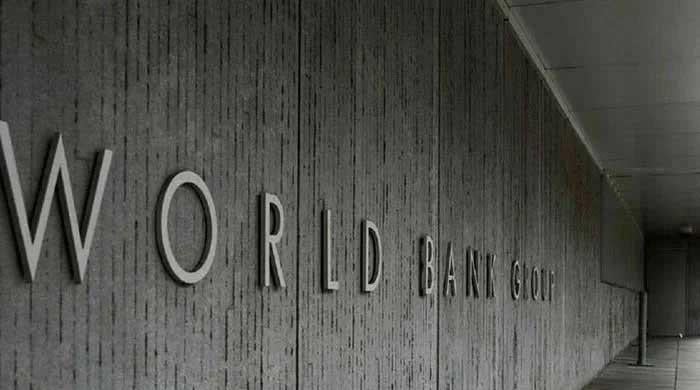Big income tax relief for salaried class in Budget FY26
Finance minister says goal not only to offer relief, but also to keep salaries in line with inflation
June 10, 2025

- Biggest relief targets those earning up to Rs2.2 million annually.
- FinMin says PM made it a priority to support salaried individuals.
- Taxpayers making Rs600,000-1.2 million a year also granted break.
Salaried workers in Pakistan are set to take home more pay under the new federal budget, as the government has proposed to slash income tax rates for middle- and high-income earners to ease their financial burden.
Finance Minister Muhammad Aurangzeb, while presenting the federal budget for 2025–26 on Tuesday, said the Prime Minister Shehbaz Sharif had made it a priority to support salaried individuals, who have long shouldered a disproportionate share of taxes.
In line with that, the government seeks across-the-board cuts in income tax rates for the salaried class.
The biggest relief targets taxpayers earning up to Rs2.2 million annually, with the minimum rate reduced from 15% to 11% — a 4% fall.
Tax rate for individuals making between Rs600,000 and Rs1.2 million a year will drop from 5% to 2.5%.
The finance minister said similar cuts are being proposed for higher income brackets as well.
For those earning between Rs2.2 million and Rs3.2 million, the tax rate is expected to ease from 25% to 23%.
Aurangzeb said the aim was not only to provide relief but also to keep salaries in line with inflation, making the tax structure simpler and more balanced.
The budget also includes a move to slow down brain drain. A 1% reduction in surcharge has been proposed for those earning over Rs1 million, to retain highly skilled professionals who might otherwise consider leaving the country due to high taxes.
“The government recognises that Pakistan’s top talent faces some of the highest taxes in the region,” Aurangzeb said. “We want to give them a reason to stay.”
Pakistan announced its federal budget for fiscal year 2025-26 on Tuesday, shrinking overall spending by 7% to Rs17.57 trillion ($62 billion) but raising defence expenditure by a steep 20% following a deadly conflict with old enemy India last month.
The finance minister presented a budget that allocated Rs2.55 trillion ($9 billion) for defence spending in FY26, compared to Rs2.12 trillion in the fiscal year ending this month.
The government has projected 4.2% economic growth in 2025-26, saying it has steadied the economy, which had looked at risk of defaulting on its debts as recently as 2023.
Growth this fiscal year is likely to be 2.7%, against an initial target of 3.6% set in the budget last year.
Expansion of the economy should be aided by a sharp drop in the cost of borrowing, the government says, after a succession of interest rate cuts by the central bank.
But economists warn that monetary policy alone may not be enough, with fiscal constraints and IMF-mandated reforms still weighing on investment.











